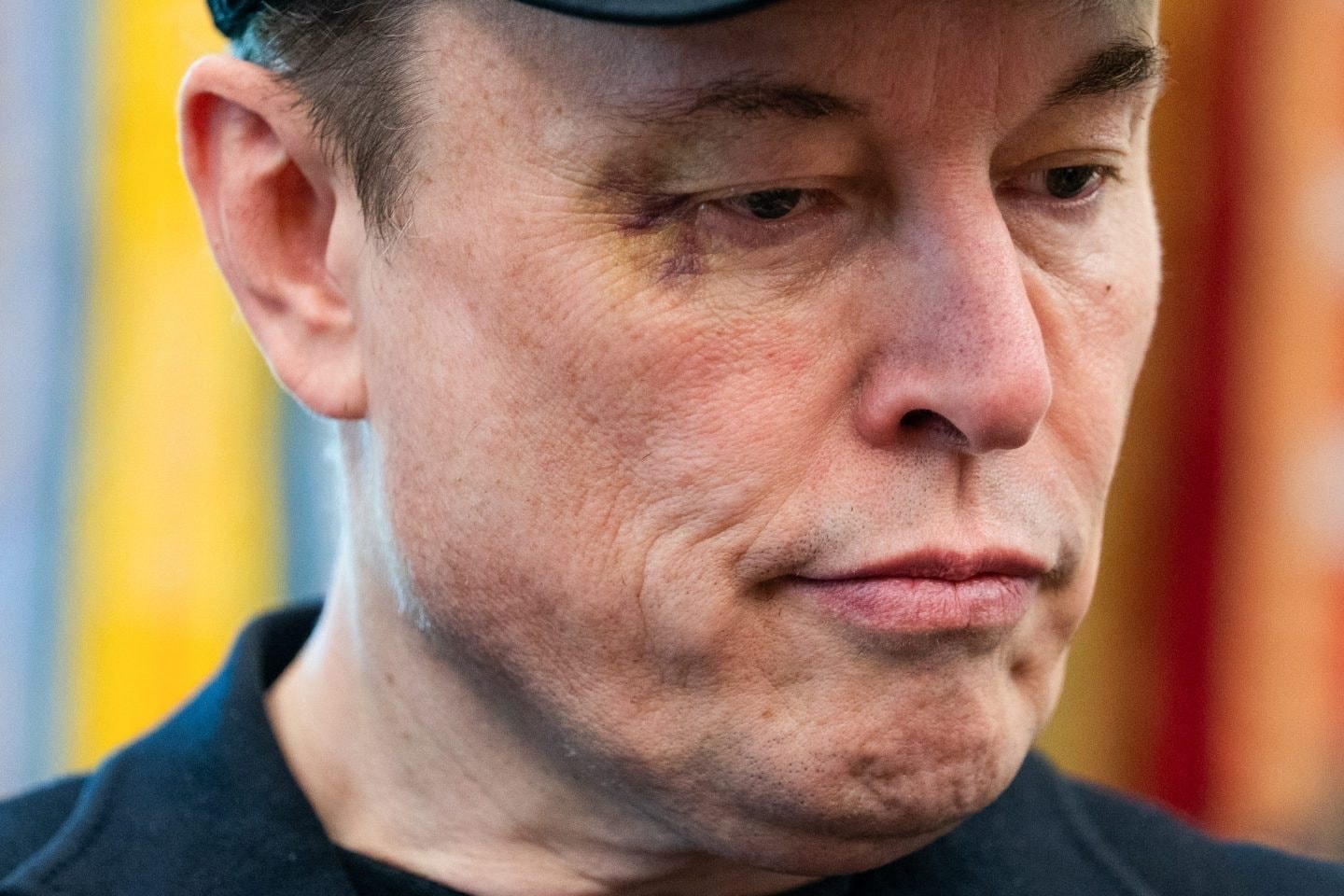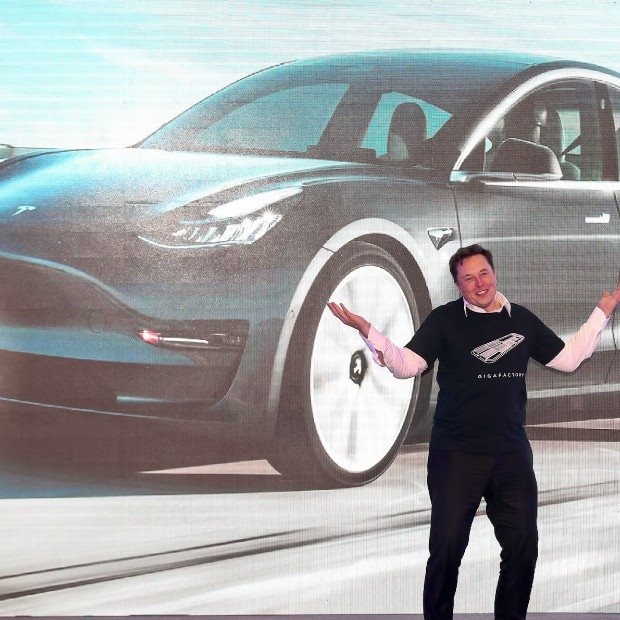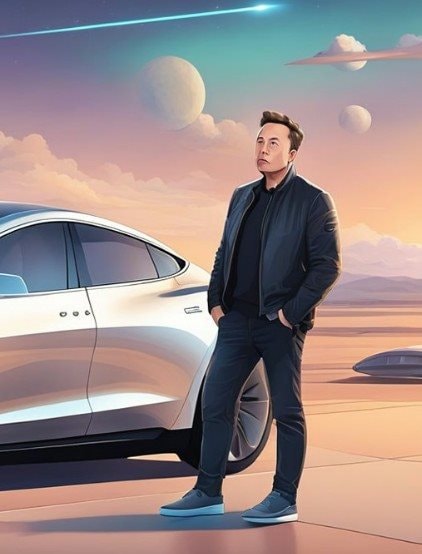As of early July 2025, Elon Musk has a net worth of more than $400 billion, while Donald Trump is worth only about $5 billion. That means Musk is nearly 78 times richer than Trump. This huge difference is largely due to Musk’s roughly 12% stake in Tesla , although Tesla’s stock has plummeted by more than a third in the first quarter of 2025, causing personal financial losses of tens of billions of dollars.
In contrast, Donald Trump’s fortune in 2025 has declined significantly, especially after his media company Trump Media & Technology Group went public but the stock price has continued to decline. Forbes adjusted Trump’s net worth to about $5.1 billion in March this year and he fell out of the top 500 richest people in the world. The story of Musk and Trump shows a fundamental difference: Musk is still a tech entrepreneur with projects ranging from Tesla, SpaceX to tech startups, while Trump is largely tied to real estate and a personal brand that has been subject to many fluctuations.
Although Musk’s fortune has fallen sharply this year due to the market and political troubles, he still holds the position of the richest person in the world, far surpassing Trump, who is currently ranked 741st on the Forbes billionaires list . The race between the two famous figures reflects the changes in the economy and investment tastes in recent years.
Robotaxi: A gamble everyone understands except Elon Musk who is still ‘blind’
Elon Musk’s new product is seen as more of a distraction from falling electric car sales figures than a new revolution.

Nearly a month ago, Elon Musk gleefully launched Tesla’s robotaxi service in Austin, stirring up the attention of the tech world and the public.
But behind Musk’s flowery words and bold claims, the harsh reality of Tesla’s self-driving technology is once again exposed: it’s still far from ready for widespread deployment, something that everyone seems to realize, except Elon Musk himself.
Dreams and Reality
On the same day Elon Musk expanded the reach of his three-week-old FSD ride-hailing service in Austin, an alarming incident occurred. Joe Tegtmeyer’s robotaxi nearly broke traffic rules when it tried to cross the railroad tracks just as a train was approaching.

“The robotaxi didn’t see it, and the safety supervisor had to stop the car until the train passed,” Tegtmeyer shared on X.
While he still tried to say the service was “working amazingly,” the incident raised clear alarm bells about fundamental flaws in the software.
Without the timely intervention of a supervisor, the consequences could have been catastrophic. This was not a random error, but a manifestation of a system that was not yet reliable enough to operate independently.
Elias Martinez, who runs the FSD Community Tracker and was one of the earliest FSD beta testers, is not surprised by these incidents.
While admitting that Tesla’s software has “improved significantly” in the past four years, Martinez said all evidence suggests the technology is far from robust enough to support the 10,000 vehicles Musk once claimed could be deployed immediately.
“These issues prove that Tesla should never have launched the service, even with just 10 vehicles,” Martinez told Fortune. “Yes, it worked well most of the time, but what really surprised me was that there were still basic errors like Tesla’s FSD system running red lights or going out of lane. This shouldn’t happen so often.”
Fortune said the data doesn’t lie and it’s clear Elon Musk’s new gamble is having problems, but the Tesla boss has yet to admit it.
The core problem is that with each car added to the robotaxi system, the statistical probability of a collision increases.
Any robotaxi service, including Waymo, needs to be near perfect to scale safely. They go slowly, but surely. They share data. They ask permission at every step. They don’t turn public transit into a PR stunt.
It’s no coincidence that people with disabilities—like Jessie Wolinsky, a blind woman who participated in Waymo’s pilot program—say they feel “safer than ever” in Waymo’s driverless cars. Safety, not innovation or attention, is what people want.
However, according to Martinez, Elon Musk’s Tesla company has shown no signs of that and is only focused on PR promotion.
Data from the FSD Community Tracker, a trusted source of information about Tesla’s self-driving technology, shows that even the latest version of FSD (13.2.9) still results in a serious disconnection every 340 miles or so.
Expert Martinez even flatly dismissed Elon Musk’s defense claims that Tesla is having trouble finding disconnects: “That’s complete nonsense.”
While the robotaxi fleet in Austin is reportedly using a newer version of FSD, Martinez estimates its performance is still similar to the publicly released version, with similar shortcomings like wrong-lane driving.

Fool investors?
According to Martinez, Tesla appears to be more focused on meeting Musk’s launch timeline at all costs than perfecting the underlying technology.
With electric vehicle sales plummeting in the first half of the year and the Cybertruck being viewed as a commercial failure, Elon Musk needs something to keep investors engaged.
“This is like a distraction from the falling sales numbers,” he said, adding that “Elon is gambling.”
Tesla’s lack of transparency about safety data has fueled suspicions. Instead of opening up data to build trust, Elon Musk’s company is trying to convince federal regulators to keep its robotaxi safety record secret for business reasons.
“This shouldn’t be a monopoly. People are using Tesla’s FSD to drive on public roads, so the data needs to be public,” Martinez stressed. “The fact that they’re hiding the data tells you everything you need to know. If you really want to gain trust, you have to have complete transparency.”
When Tesla holds its second-quarter 2025 earnings call, Elon Musk will face a barrage of questions about the robotaxi project’s roadmap.
Investors have poured a lot of money into FSD, and they want to know when 10 cars in Austin can grow into thousands across the country. Only then can they figure out how long it will take Tesla to surpass Waymo, from its current zero miles of unsupervised self-driving to the 100 million miles its rival has achieved.
Meanwhile, Tesla’s move appears to be a joke. Fortune noted that Musk’s expansion of the Austin robotaxi service area into the shape of a male genitalia on a map, accompanied by innuendo and “sarcastically” increasing fares, makes it seem more like a PR stunt than a real step forward.
The number of cars in operation remains unchanged, Tesla continues to limit the number of people who can use the service, and most importantly, there is still a need for a safety supervisor to sit in the car, not fully autonomous.
On prediction site Polymarket, the odds of Tesla having a fully operational robotaxi service anywhere in the US by the end of the year are just 42%, down sharply from a high of 86% a month ago.
“That shows they’re not ready to scale, and if they try to scale too soon, they’re going to have problems,” Martinez said. “Then you’re putting people at risk. Yes, maybe less risk than a drunk driver, but it’s still a risk.”
Clearly, despite Elon Musk’s ambitious claims, Tesla’s robotaxi service still has a long way to go before it is truly safe and reliable.
Elon Musk once said that robotaxis would be a “technological leap” that would create trillions of dollars in value. But an unprepared leap could be a painful fall.
Real-world data from Tesla users themselves shows that the FSD system is not ready. While the Tesla boss may continue to deny the facts, if Elon Musk truly believes in the robotaxi future, it’s time to stop trumpeting and start listening to the people who are already riding in the unfinished self-driving cars.